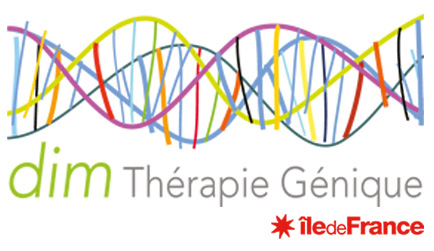Sickle cell disease
Axis holder

Pablo Bartolucci
Sickle cell disease
Sickle cell disease is a genetic disease of hemoglobin contained in red blood cells, which allows the transport of oxygen in the body. In patients, the abnormal hemoglobin, called hemoglobin S, induces an alteration of red blood cells causing anemia and a less efficient oxygen transport, but also injury to the vessels. This is responsible for significant damages in various organs and very painful bone crises.
First genetic disease in France, sickle cell disease has an incidence rate of 1 birth per 750 in Ile-de-France and represents a real public health issue. The only curative treatment is bone marrow transplantation but presents donor / recipient compatibility and graft availability problems. Two suspensive treatments, hydroxycarbamide and blood exchanges, reduce the frequency of the crisis without, however, preventing them.
Gene therapy has allowed the incorporation into red blood cells of sickle cell patients of a so-called therapeutic hemoglobin, with the property of countering the harmful effects of hemoglobin S. This clinical trial is hopeful, but many studies remain to be done in order to optimize the procedure and to be able to cure the patients by this approach.

